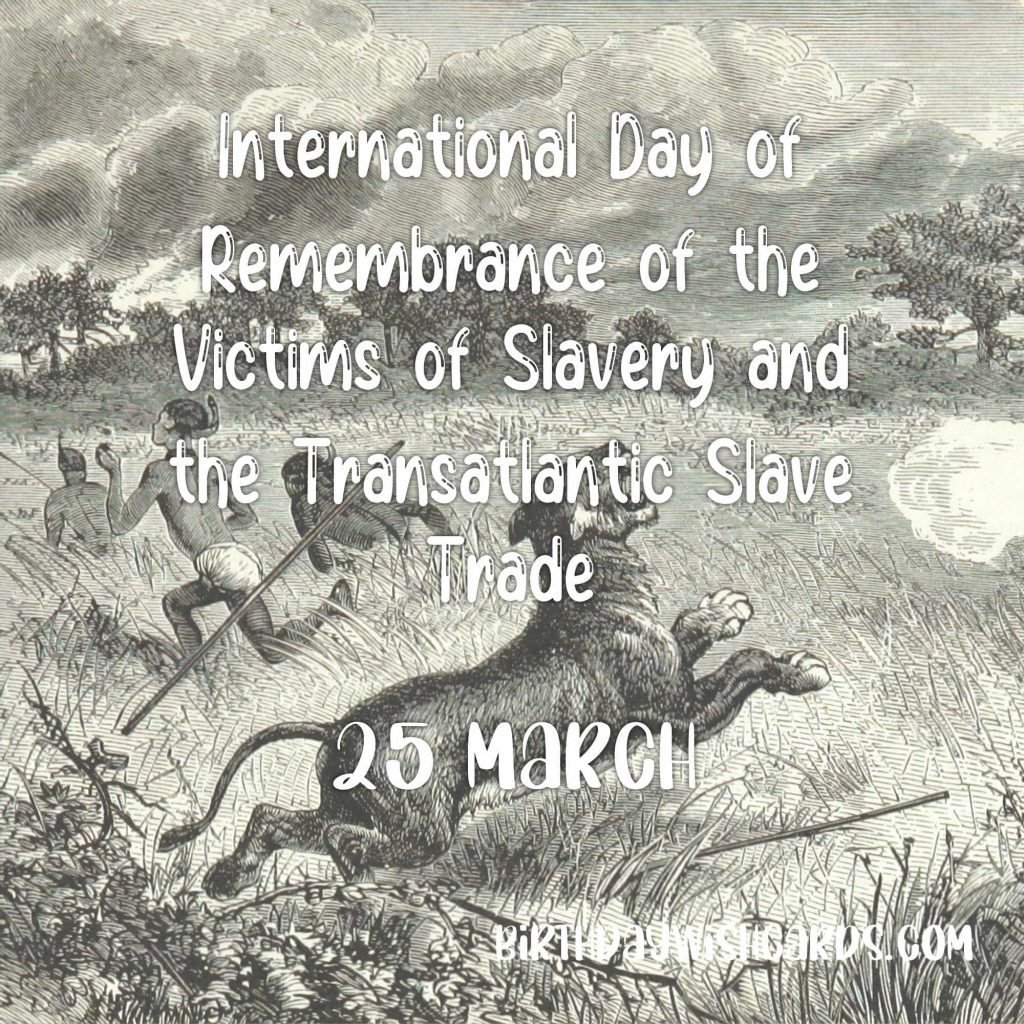
25 March: International Day of Remembrance of the Victims of Slavery and the Transatlantic Slave Trade
Each year on March 25, the International Day of Remembrance of the Victims of Slavery and the Transatlantic Slave Trade is observed globally. This solemn occasion honors the millions who suffered and perished as a result of the transatlantic slave trade. It also serves as a vital reminder of the ongoing dangers of racism, discrimination, and prejudice in our societies.
Historical Overview of the Transatlantic Slave Trade
From the 16th to the 19th centuries, an estimated 17 million Africans were forcibly transported across the Atlantic Ocean to the Americas. The journey, known as the Middle Passage, was harrowing and deadly—approximately 2.4 million enslaved people died during the voyage alone. Even after arrival, countless more lost their lives due to inhumane working conditions, disease, and brutal treatment.
The majority of those enslaved were taken from Central and West Africa, regions systematically targeted by European traders and local collaborators. Stripped of their freedom and dignity, these individuals were reduced to commodities within a vast and cruel economic system.
The Role of European Powers in the Slave Trade
The transatlantic slave trade began with Portuguese explorers, who in 1526 undertook the first recorded slave voyage from Africa to Brazil. Soon after, other European powers—including the British, French, Dutch, and Danes—became deeply involved, establishing extensive networks for capturing, transporting, and selling enslaved Africans.
Shipowners and traders regarded enslaved people as cargo, prioritizing speed and low costs to maximize profits. Upon arrival in the Americas, enslaved Africans were sold to work on plantations, in mines, rice fields, and as domestic servants, enduring relentless exploitation with little hope of freedom.
Abolition Efforts and Legal Milestones
Momentum to end the transatlantic slave trade grew in the late 18th and early 19th centuries. In 1807, Britain enacted the Abolition of the Slave Trade Act, becoming the first nation to outlaw the trade. By 1815, Britain had successfully pressured other European powers—including the Netherlands, France, Spain, and Portugal—to follow suit.
In the United States, the slave trade was declared illegal in 1820, with violations punishable by death. Despite these laws, illegal trading and slavery persisted for decades. Full abolition in the United States was only achieved in 1865 with the ratification of the 13th Amendment.
The enduring legacy of slavery continues to shape societies worldwide. Racial segregation, systemic discrimination, and prejudice against people of African descent remain significant challenges today.
History of the International Day of Remembrance
Recognizing the need to honor those who suffered under slavery and to educate future generations, the United Nations General Assembly designated March 25 as the International Day of Remembrance of the Victims of Slavery and the Transatlantic Slave Trade on December 17, 2007.
This date was chosen to commemorate the 1807 passage of the Abolition of the Slave Trade Act by the British Parliament. The day serves not only to remember the victims, but also to raise awareness of the enduring dangers of racism and prejudice.
On March 25, 2015, the UN unveiled the Ark of Return, a permanent memorial at United Nations Headquarters in New York City. This poignant monument stands as both a tribute to the millions who suffered and died during the transatlantic slave trade and a call to remain vigilant against human rights abuses.
Understanding the Impact and Legacy
The transatlantic slave trade stands as one of history’s gravest violations of human rights. The forced displacement, dehumanization, and exploitation of millions of Africans have left deep social, cultural, and economic scars that continue to resonate globally.
Today, the International Day of Remembrance urges individuals, communities, and governments to confront this painful legacy. It is a time to reflect on the values of freedom, equality, and human dignity, and to renew commitments to combating racism and discrimination in all forms.
How to Commemorate the Day
- Educational Programs: Participate in or organize seminars, workshops, and discussions exploring the history and legacy of the transatlantic slave trade.
- Visit Memorials: If possible, visit the Ark of Return or local monuments dedicated to the victims of slavery to honor their memory.
- Support Human Rights Initiatives: Engage with organizations working to combat racism and promote social justice worldwide.
- Reflect and Share: Use social media to raise awareness and encourage dialogue about the importance of remembering this dark chapter in history.
Visual Remembrance
The following gallery offers a poignant visual representation of the history and memory of the transatlantic slave trade:

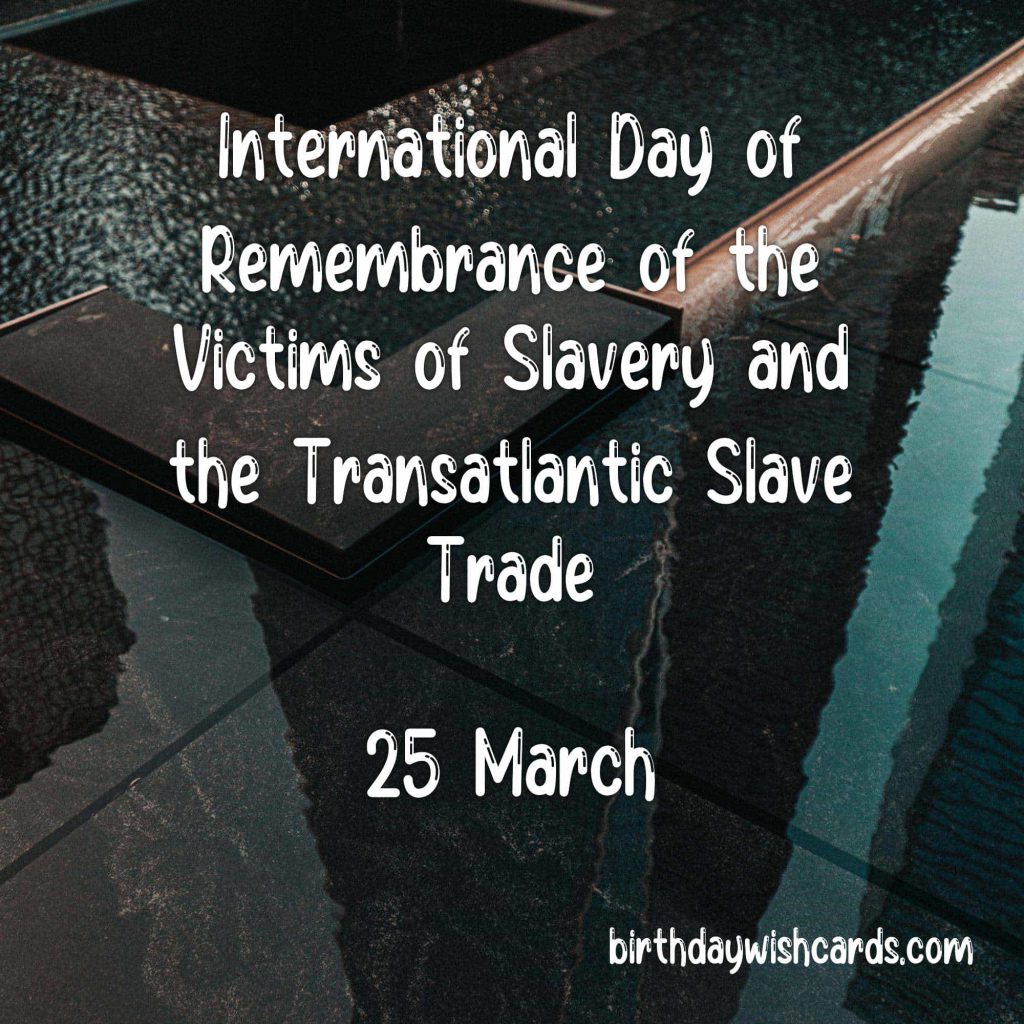


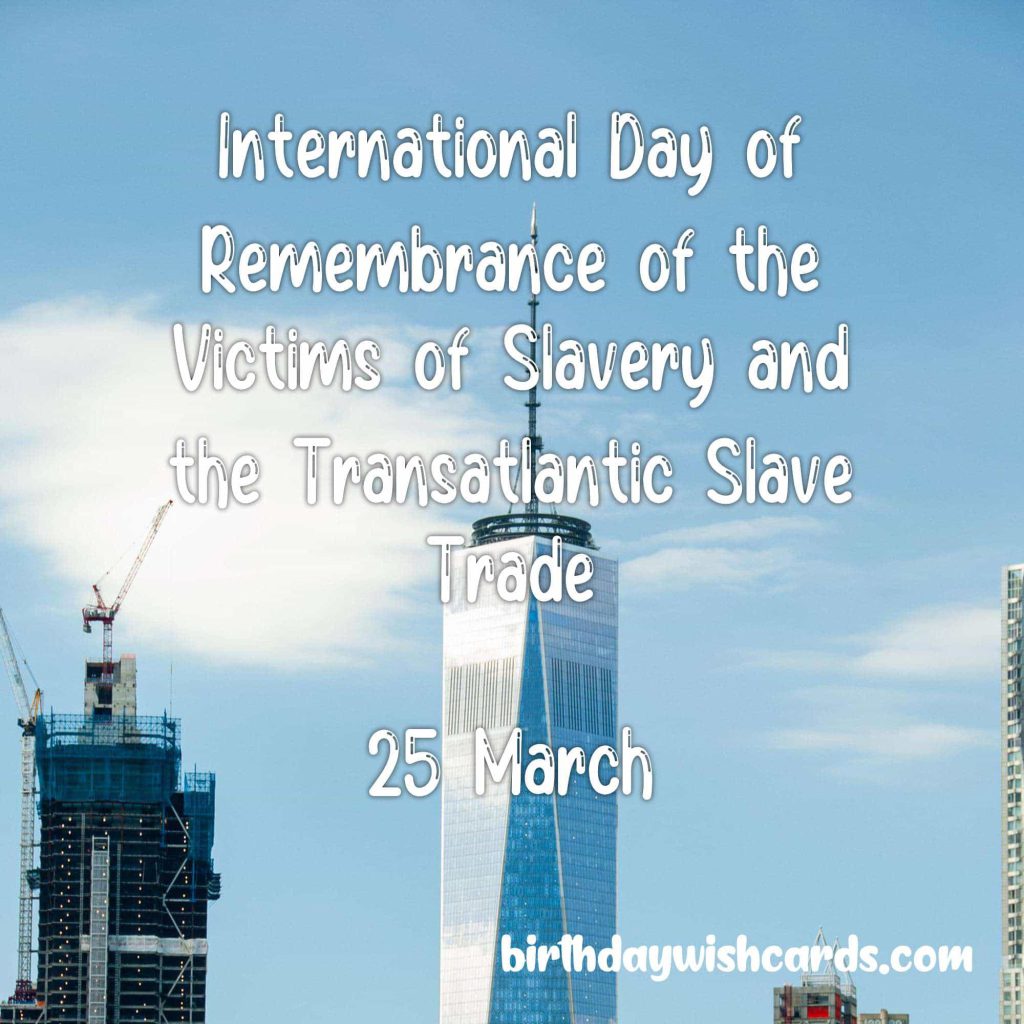
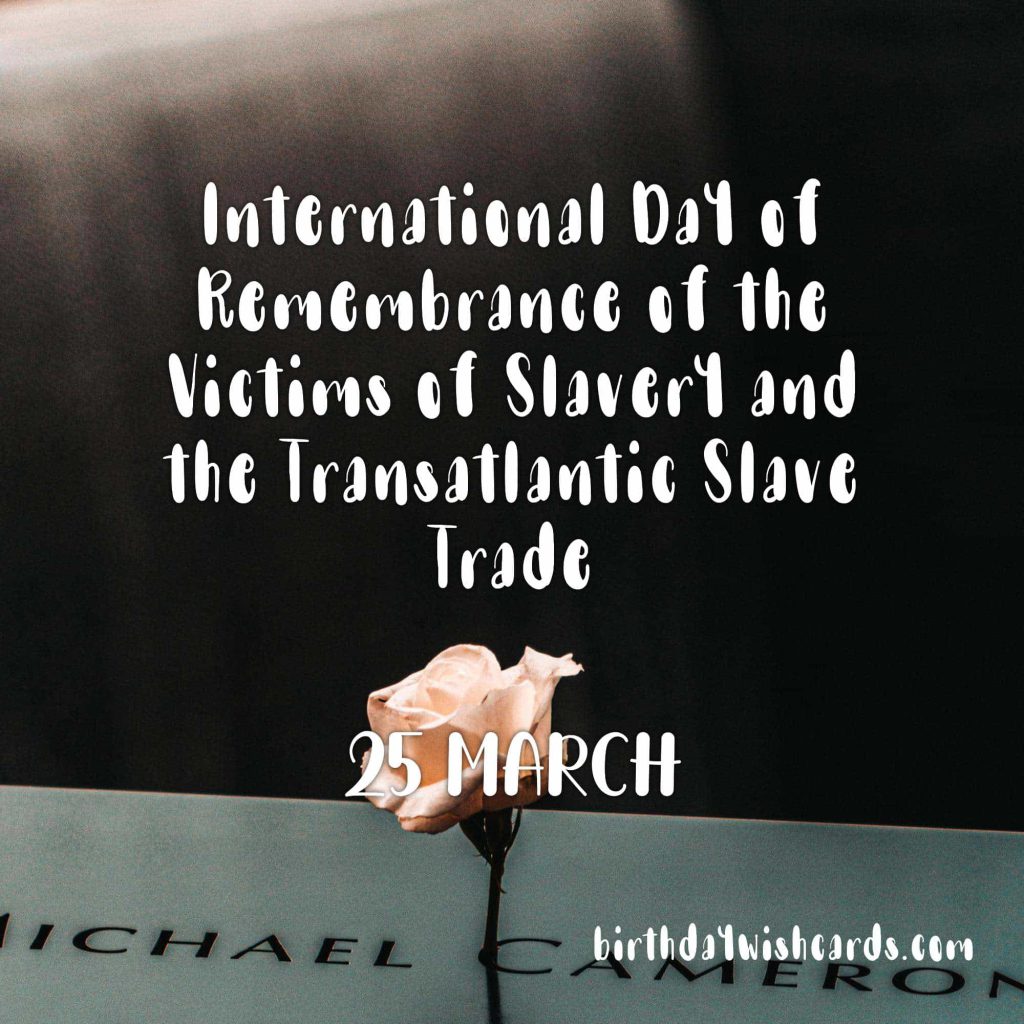
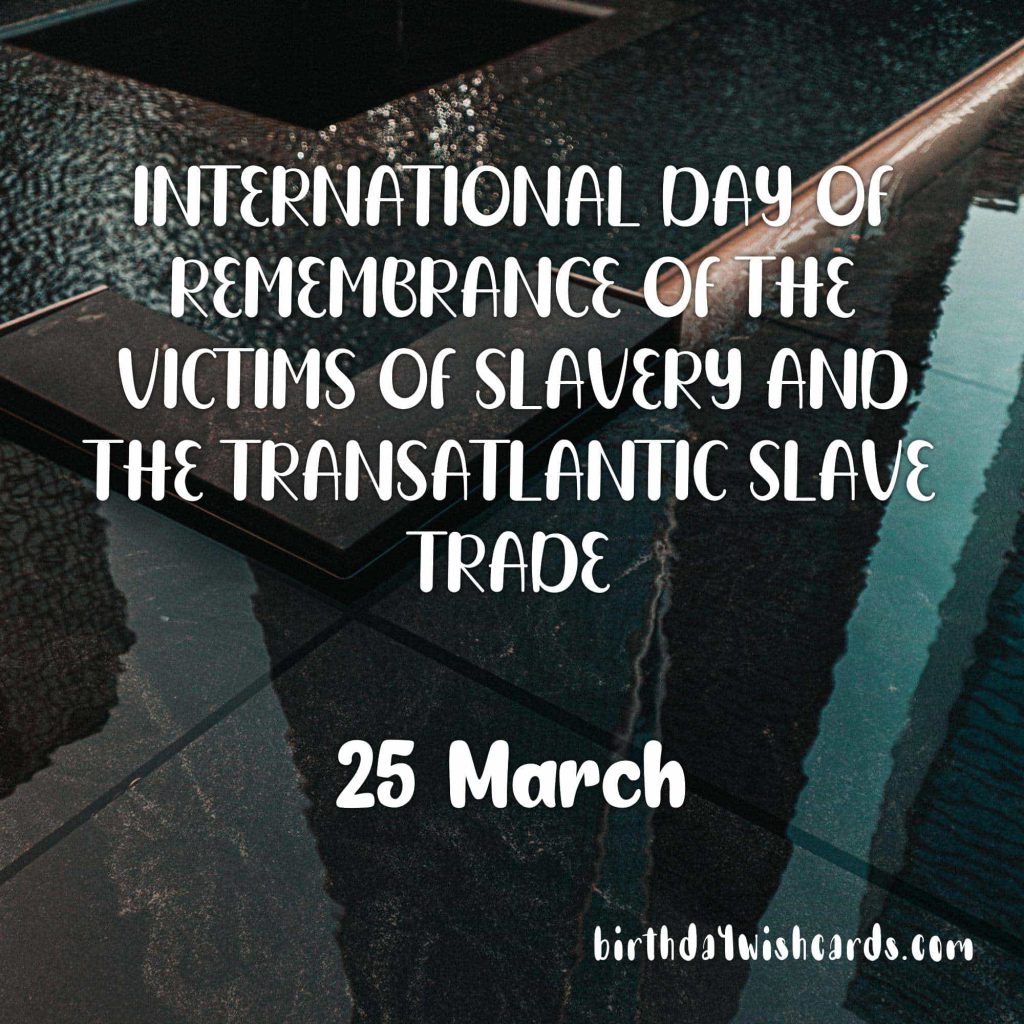


These images serve as a powerful reminder of the suffering endured and the resilience of those who were enslaved.
Further Reading and Resources
To learn more about the transatlantic slave trade and its enduring effects, explore authoritative sources such as the United Nations’ official page on the International Day of Remembrance and the Encyclopaedia Britannica’s detailed article on the transatlantic slave trade.
Understanding this history is essential to ensuring that the atrocities of slavery are never repeated, and that societies continue to strive for justice, equality, and respect for all.




